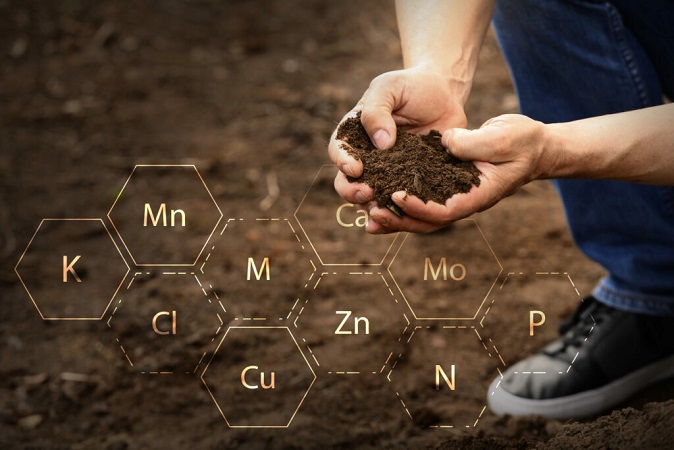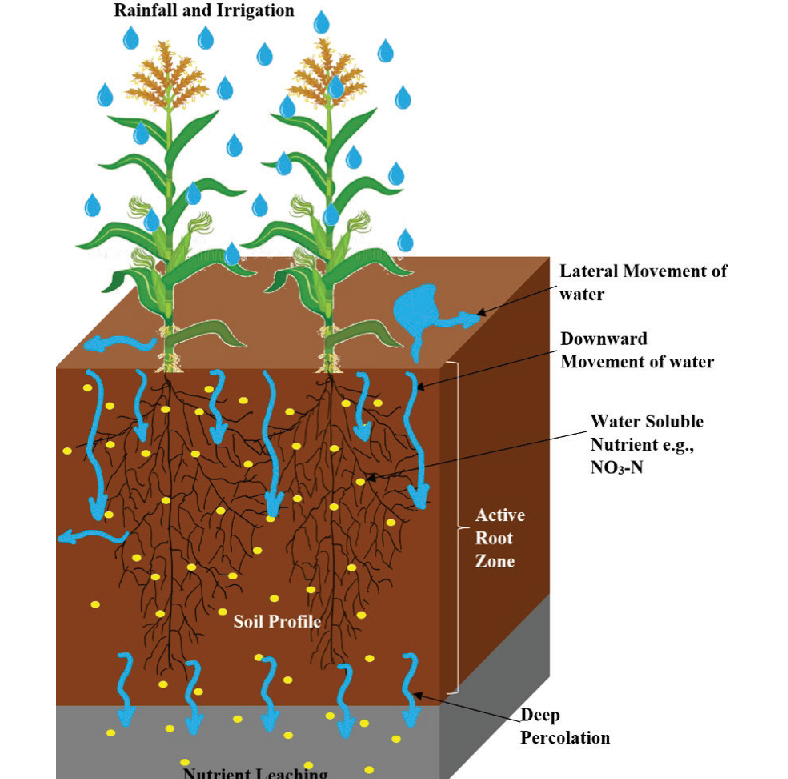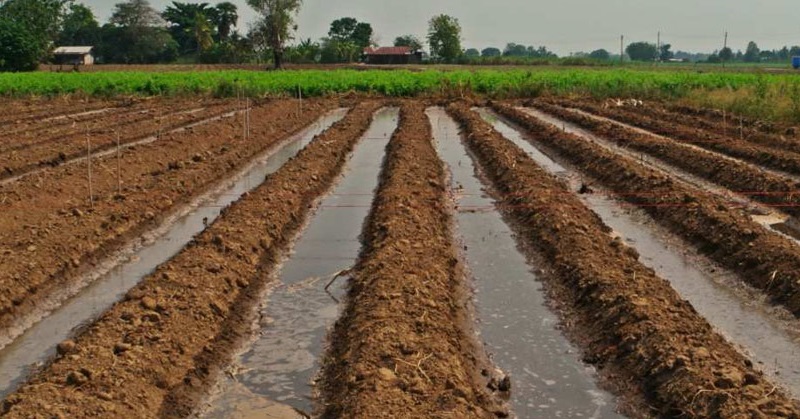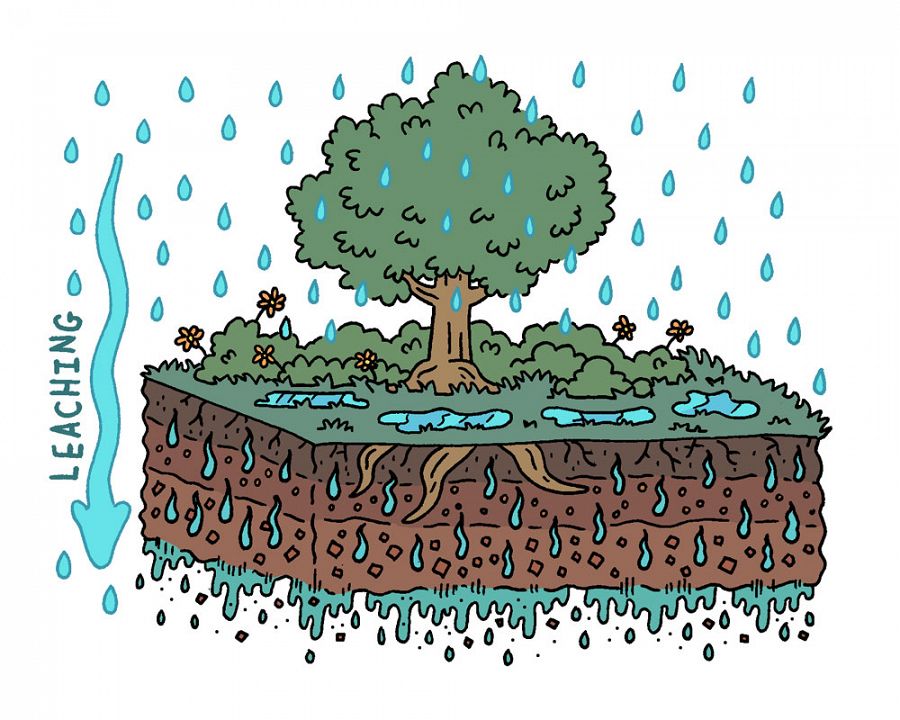
What is Soil Nutrient Leaching & How to Prevent It?
Soil nutrient leaching is a big problem for farmers and gardeners alike; it happens when essential nutrients get washed away from the soil, leading to weaker plants, lower crop yields, and even environmental issues like water pollution. Heavy rains, over-irrigation, or poor soil management can trigger this, but the good news is there are proven ways to stop it. In this updated guide, we’ll break down what soil nutrients are, how they get lost (including through leaching), what causes leaching specifically, and practical steps to prevent it. We’ll also cover how to spot nutrient shortages and fix leaching issues on a farm scale.
What Are Soil Nutrients?
Plants need a mix of nutrients to grow strong and produce well. They pull carbon, oxygen, and hydrogen from air and water, but the rest come from the soil. Key essential nutrients include macronutrients like nitrogen (N), phosphorus (P), potassium (K), calcium, magnesium, and sulfur, plus micronutrients such as iron, manganese, copper, zinc, boron, and molybdenum. These elements help with everything from building plant tissues to fighting diseases.

Key Point: In the leaching process, essential plant nutrients are removed from the soil, essentially, they get washed away.
The amount and balance of these nutrients directly affect plant health and output. For example, nitrogen boosts leaf growth and protein production, while phosphorus supports root development and energy transfer. If there’s an imbalance; like too little potassium; plants might show stunted growth or poor fruit quality. Keeping soil fertile ensures plants get what they need for top yields.
How Are Nutrients Removed from the Soil?
Nutrients don’t stick around forever; they leave the soil through natural and human-influenced processes. Here’s how it typically happens:
- Plant Uptake: Roots absorb nutrients as plants grow, using them for leaves, stems, and fruits. When you harvest crops, those nutrients go with them.
- Leaching: Water from rain or irrigation dissolves soluble nutrients (like nitrate nitrogen) and carries them deep into the soil or into groundwater, out of reach for plant roots.
- Erosion and Runoff: Wind or water can wash away topsoil, taking bound nutrients like phosphorus with it. This is worse on sloped land or bare fields.
- Volatilization: Heat and sunlight can turn nitrogen fertilizers into gases like ammonia, which escape into the air—especially in hot, dry conditions.
- Denitrification: In waterlogged soils, bacteria convert nitrate to nitrogen gas, releasing it to the atmosphere.
- Soil Compaction: Packed soil limits air and water movement, trapping gases and altering pH, which can make nutrients less available or lead to losses.
These losses deplete soil fertility over time. To keep things balanced, farmers often add fertilizers or organic matter, but the goal is to minimize unnecessary removals through smart management.
What Is Soil Nutrient Leaching?
Soil nutrient leaching is when water moves through the soil, dissolving and carrying away key nutrients to deeper layers or into waterways. This mainly affects mobile nutrients like nitrogen (as nitrate), potassium, calcium, and magnesium. The result? Reduced soil fertility, nutrient shortages for plants, and potential pollution in rivers or groundwater.
While leaching can sometimes flush out toxins from the soil, it mostly harms productivity by limiting root access to essentials. It also disrupts beneficial soil microbes, which play a role in nutrient cycling, and can set the stage for erosion. In agriculture, this means lower yields and higher costs for replacements.

What is Leaching? During soil nutrient leaching, rainwater or irrigation water dissolves nutrients from the soil and washes them down into deeper soil layers or groundwater.
What Causes Soil Nutrient Leaching?
Leaching isn’t random; several factors team up to make it happen. Recent studies highlight how climate, soil traits, and farming choices all play a part. Let’s break them down:
Climatic Factors
Heavy or prolonged rain in humid areas washes nutrients away faster than in dry climates. Intensity matters: a downpour creates more flow, pulling more nitrates downward.
Excessive Irrigation
Overwatering floods the soil, especially in sandy types, pushing nutrients beyond roots. Flood irrigation is a common culprit; switching to drip or sprinkler systems helps control this.
Soil Texture and Structure
Sandy soils with high permeability let water (and nutrients) drain quickly. Clay soils hold better but can crack and bypass roots. Compacted or low-organic-matter soils worsen leaching by poor water infiltration.
Terrain Slope
Steep lands speed up water runoff, carrying nutrients downhill before they soak in.
Excessive Fertilizer Use
Applying too much, especially fast-release nitrogen like urea, leads to surpluses that leach easily. Nitrogen has the highest risk. Slow-release options, like ammonium sulfate or controlled-release formulas, release gradually for better uptake. We also suggest you take a look at our guide to Urea and Ammonium Sulfate comparison.
Management Factors

Tip: To prevent soil nutrient leaching, avoid flood irrigation as much as possible. Instead, use drip irrigation or sprinklers.
Poor irrigation timing, lack of cover crops, wrong pH (acidic or alkaline soils lock up nutrients), or ignoring soil tests all contribute. Combined, they create perfect conditions for loss.
Understanding these helps target fixes; recent research stresses how climate change amps up rainfall intensity, making prevention even more crucial.
How to Prevent Soil Nutrient Leaching
Stopping leaching involves smart practices that keep nutrients where plants can use them. Based on 2024-2025 guidelines from the USDA and EPA, here are effective methods:
- Irrigation Management: Water only as needed—use soil moisture sensors or apps to time it right. Drip or precision irrigation minimizes excess water, cutting leaching risk.
- Improve Soil Structure: Add organic matter like compost or manure to boost water-holding capacity. Reduced tillage preserves structure, reducing runoff. Plant cover crops (e.g., rye or legumes) to hold soil and absorb extras.
- Use Slow-Release or Enhanced Efficiency Fertilizers: Opt for coated or controlled-release types that feed plants gradually, reducing waste. These cut environmental risks like leaching by up to 20-40% when mixed with organics.
- Correct Soil pH: Test and adjust soil pH with lime (for acidity) or sulfur (for alkalinity) to optimize nutrient availability; ideal range is 6-7 for most crops.
- Add Buffer Strips and Cover Crops: Plant grassy or forested buffers along fields and waterways to filter runoff. Cover crops like winter camelina or pennycress trap over 80% of excess nitrogen.
Mix these for best results; they not only prevent leaching but build healthier soil long-term.

Methods to Detect Nutrient Deficiencies in Plants
Leaching often shows up as nutrient shortages, so early detection is key. Modern tools make it easier:
- Visual Inspection: Look for signs like yellow leaves (nitrogen lack), purple stems (phosphorus), or brown edges (potassium). Mobile nutrients affect older leaves first; immobile ones hit new growth.
- Soil Testing: Sample soil (15-20 cm deep, multiple spots) and lab-analyze for nutrients, pH, and organic matter. Do it every 3-5 years or post-harvest.
- Leaf or Tissue Analysis: Test plant leaves at key growth stages to measure absorbed nutrients—compares to crop standards for precise fixes.
- Field Observations: Compare plant growth to healthy nearby areas; use sensors for real-time soil data.
- Innovative Tech: Drones, remote sensors, or digital mapping track nutrient status across fields for targeted tweaks.
Combine methods for accuracy; if tests show leaching, adjust management pronto.
How to Solve Soil Nutrient Leaching on a Farm
Tackling leaching farm-wide needs a holistic plan. Start with regular soil tests to monitor nitrogen and other levels. Then, apply these strategies:
- Balanced Nutrient Supply: Match P, K, and S to optimize N uptake—avoid excesses that leach.
- Boost Root Systems: Choose deep-rooted crops or varieties to grab nutrients better.
- Precise Fertilizer Application: Use soil data for site-specific rates and timing; split applications to sync with crop needs.
- Maintain Buffers and Green Cover: Keep strips along water edges and cover fields post-harvest to soak up extras and curb erosion.
- Soil Structure Care: Avoid compaction with controlled traffic; add organics for better infiltration on heavy soils.
- Fall Guidelines: Time manure/fertilizer apps to minimize off-season losses; follow EPA tips for wet periods.
Monitor yearly and tweak as needed. These steps promote sustainable farming, cutting costs and protecting water.